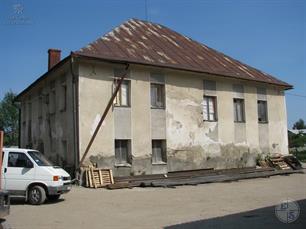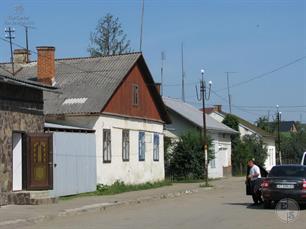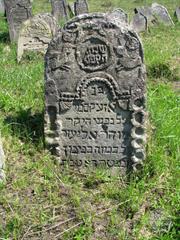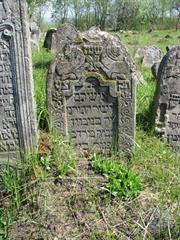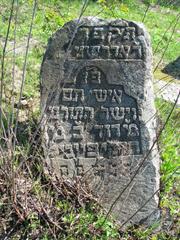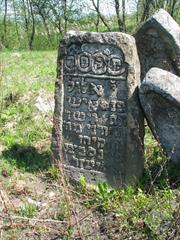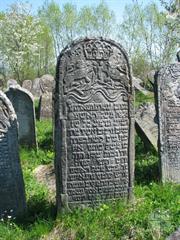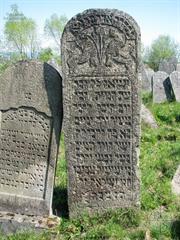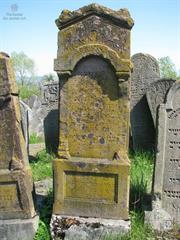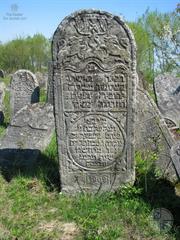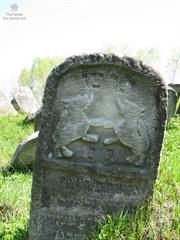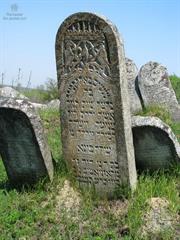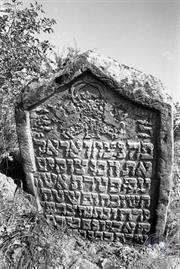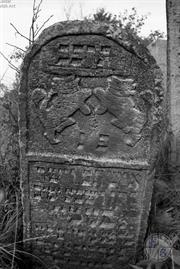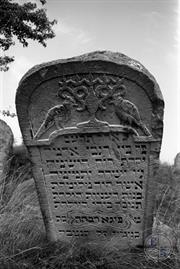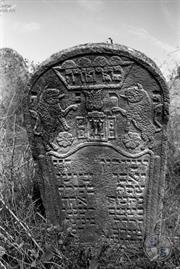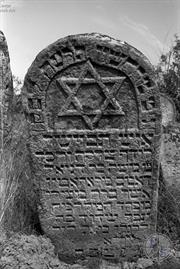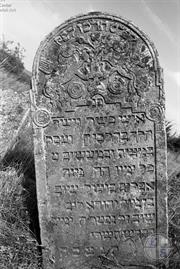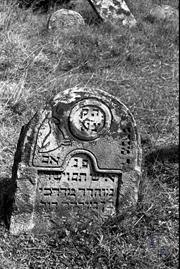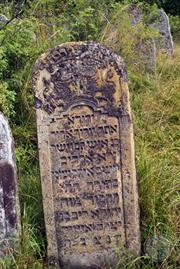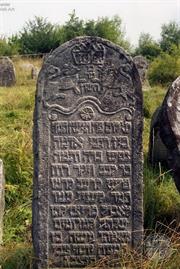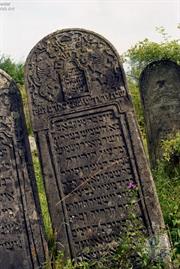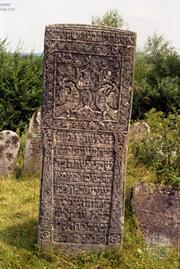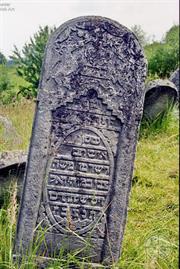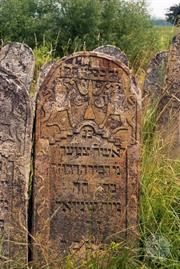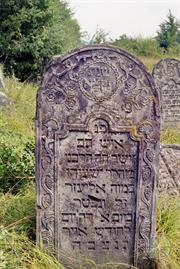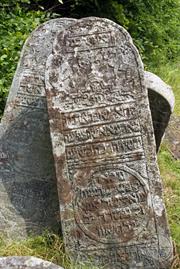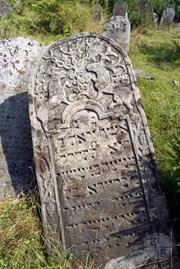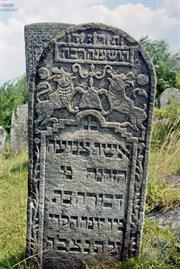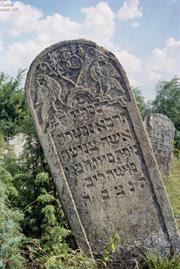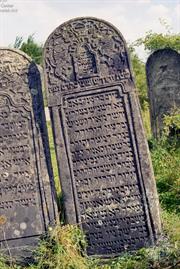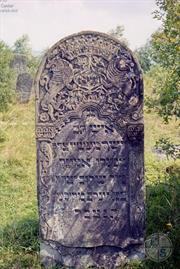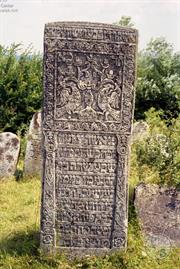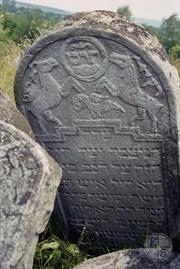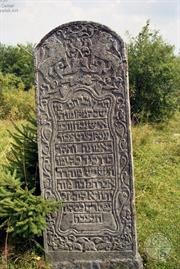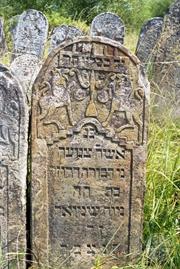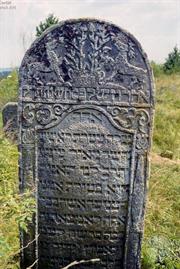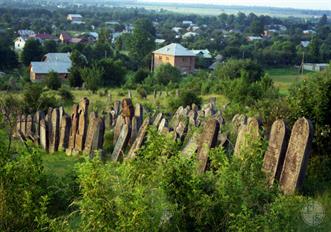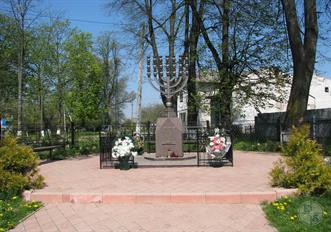Solotvyn
Ivano-Frankivsk district, Ivano-Frankivsk region
Year - Total Population - Jews
1880 - 3,117 - 1,541
1900 - 3,814 - 1,948
1921 - 2,136 - 620
1880 - 3,117 - 1,541
1900 - 3,814 - 1,948
1921 - 2,136 - 620
Sources:
- Pinkas Hakehillot Polin: Encyclopedia of Jewish Communities, Poland, Volume II, page 350-351, published by Yad Vashem, Jerusalem. Translated by JewishGen, Inc.
Photo:
- Vladimir Levin, Jewish Galicia and Bukovina N.P.O.
- Benjamin Lukin, Boris Khaimovich: Center for Jewish art. Solotvyn (Sołotwina, Solotvino)
- Pinkas Hakehillot Polin: Encyclopedia of Jewish Communities, Poland, Volume II, page 350-351, published by Yad Vashem, Jerusalem. Translated by JewishGen, Inc.
Photo:
- Vladimir Levin, Jewish Galicia and Bukovina N.P.O.
- Benjamin Lukin, Boris Khaimovich: Center for Jewish art. Solotvyn (Sołotwina, Solotvino)
Solotwina was destroyed by the Russian soldiers during World War I. Most of the Jewish houses were burnt down, their property stolen, and some people killed (the wild soldiers threw Jews into the fire - adults as well as children). More than two thirds of the inhabitants left Solotwina.
From a flourishing town that had existed up to World War I (the Jews made their living from trades and commerce), it became a poor town between the two wars, and the Jews were supported by the Joint and by their relatives abroad.
The charity fund, founded in 1929 to help the merchants and the tradesmen in a productive way, was closed down in 1933, with a deficit of 2,500 zloty.
At the beginning, Solotwina's community was subordinated to the community of Bohorodchany, at a distance of 15 kilometers from Solotwina, but in the 18th century it became independent.
In the 1740's, the Rabbi Moshe Hileperin, formerly Bardichov's Rabbi, resided in Solotwina. In his old age, he passed the rabbinate to his son, Rabbi Yosef, and went to Solotwina to live in seclusion. It is told that HaBa'al Shem Tov spent the Sabbath with him. The Rabbi Moshe died in 1752.
From the religious people, we know of Rabbi David-Berl, the son of Rabbi Yaakov Brener, who was a dayyan (religious judge) in the 1850's. He left Solotwina and moved to Kajmainaits, and from there to Chernovitch in Bukovina.
In 1884 the Rabbi Nahum Uri, the son of Rabbi Isaac Guelis, was appointed high justice of the religious court (he perished in the Holocaust). During the elections of the last Chief Rabbi, a conflict broke out in the community between the supporters of Rabbi N. Tenenzaft, who occupied the post of dayyan and teacher for many years and aspired to the position of Chief Rabbi, and the head of the community, Meir Haller, and his supporters.
Things reached the point of denunciations to the Gentiles. It should be mentioned that the head of the community, Meir Haller, conducted the community affairs with a firm hand for many years, and was the mayor for several years.
With the Jewish community flourishing, Solotwina established a vocational school in 1894 sponsored by the Baron de Hirsch, with more than a hundred students. In 1904, a Hebrew school with hour classes was established by Safa Brura ("clear language"). Most of its students also attended the vocational school.
At that time, there were many associations in Solotwina, mostly Zionist, such as: Safa Brura, Zion, Hamizrahi, Igud Nashim Le'ezra, Ahot Rachmaniya, etc. These associations existed only for a short time due to World War I.
The settlement was impoverished between the two wars. In spite of this, the Hebrew school reopened its doors in 1922, and new Zionist organizations were founded: Hit'ahdut (1923), Ezra (1928), and the youth movement Gordonia.
In the years 1927-1929, the majority of the Jews that were elected to the town council were Zionist (two or three of them were members of Hit'ahdut). Hit'ahdut also received the majority of the votes in the elections to the Zionist Congresses. In 1935 they received 171 votes out of 209.
Between the two wars, the security situation of the Jews of Solotwina worsened. The Jews who went between the settlements selling their goods endangered their life.
In 1924 a shoemaker and his wife were murdered in a village close to Solotwina when they came to demand their fees from a farmer for repairing his shoes.
In 1937 riots broke out against the Jews and their pretext was a personal conflict between a Jewish salesman and a country customer. Only after police intervention did the riots stop.
From a flourishing town that had existed up to World War I (the Jews made their living from trades and commerce), it became a poor town between the two wars, and the Jews were supported by the Joint and by their relatives abroad.
The charity fund, founded in 1929 to help the merchants and the tradesmen in a productive way, was closed down in 1933, with a deficit of 2,500 zloty.
At the beginning, Solotwina's community was subordinated to the community of Bohorodchany, at a distance of 15 kilometers from Solotwina, but in the 18th century it became independent.
In the 1740's, the Rabbi Moshe Hileperin, formerly Bardichov's Rabbi, resided in Solotwina. In his old age, he passed the rabbinate to his son, Rabbi Yosef, and went to Solotwina to live in seclusion. It is told that HaBa'al Shem Tov spent the Sabbath with him. The Rabbi Moshe died in 1752.
From the religious people, we know of Rabbi David-Berl, the son of Rabbi Yaakov Brener, who was a dayyan (religious judge) in the 1850's. He left Solotwina and moved to Kajmainaits, and from there to Chernovitch in Bukovina.
In 1884 the Rabbi Nahum Uri, the son of Rabbi Isaac Guelis, was appointed high justice of the religious court (he perished in the Holocaust). During the elections of the last Chief Rabbi, a conflict broke out in the community between the supporters of Rabbi N. Tenenzaft, who occupied the post of dayyan and teacher for many years and aspired to the position of Chief Rabbi, and the head of the community, Meir Haller, and his supporters.
Things reached the point of denunciations to the Gentiles. It should be mentioned that the head of the community, Meir Haller, conducted the community affairs with a firm hand for many years, and was the mayor for several years.
With the Jewish community flourishing, Solotwina established a vocational school in 1894 sponsored by the Baron de Hirsch, with more than a hundred students. In 1904, a Hebrew school with hour classes was established by Safa Brura ("clear language"). Most of its students also attended the vocational school.
At that time, there were many associations in Solotwina, mostly Zionist, such as: Safa Brura, Zion, Hamizrahi, Igud Nashim Le'ezra, Ahot Rachmaniya, etc. These associations existed only for a short time due to World War I.
The settlement was impoverished between the two wars. In spite of this, the Hebrew school reopened its doors in 1922, and new Zionist organizations were founded: Hit'ahdut (1923), Ezra (1928), and the youth movement Gordonia.
In the years 1927-1929, the majority of the Jews that were elected to the town council were Zionist (two or three of them were members of Hit'ahdut). Hit'ahdut also received the majority of the votes in the elections to the Zionist Congresses. In 1935 they received 171 votes out of 209.
Between the two wars, the security situation of the Jews of Solotwina worsened. The Jews who went between the settlements selling their goods endangered their life.
In 1924 a shoemaker and his wife were murdered in a village close to Solotwina when they came to demand their fees from a farmer for repairing his shoes.
In 1937 riots broke out against the Jews and their pretext was a personal conflict between a Jewish salesman and a country customer. Only after police intervention did the riots stop.
Solotwina (ukr. Solotvyn, Солотвин; until second half of 16 century Krasnopil, Краснопіль) was founded as one of the nobility's private settlements, which later received the status of town. At that time, it was also known as Krasnopola, or Krasnopil.
In the 18th century, there was a salt manufacturing plant, but the plant closed down in 1788. In 1865 there were 210 houses in Solotwina. In 1888 a fire destroyed hundreds of them and about 600 families remained without a home. After the houses were rebuilt the town suffered heavy damages from the Russian conquest (1914-1915). The Russian soldiers put fire to the center of the town, looted and pillaged its inhabitants and their property. The town was not rebuilt after the war, and even lost its status as town and became just a settlement.
Jews settled in Solotwina at the time of its founding. In 1717, the Jews paid 387 gold coins as poll-head tax. The 1765 the Jews owned 84 houses.
A great fire broke out in 1888 in the center of the town and destroyed the Jews' houses. In spite of this fire, the settlement grew and reached its peak, population speaking, at the beginning of the 20th century.
In the 18th century, there was a salt manufacturing plant, but the plant closed down in 1788. In 1865 there were 210 houses in Solotwina. In 1888 a fire destroyed hundreds of them and about 600 families remained without a home. After the houses were rebuilt the town suffered heavy damages from the Russian conquest (1914-1915). The Russian soldiers put fire to the center of the town, looted and pillaged its inhabitants and their property. The town was not rebuilt after the war, and even lost its status as town and became just a settlement.
Jews settled in Solotwina at the time of its founding. In 1717, the Jews paid 387 gold coins as poll-head tax. The 1765 the Jews owned 84 houses.
A great fire broke out in 1888 in the center of the town and destroyed the Jews' houses. In spite of this fire, the settlement grew and reached its peak, population speaking, at the beginning of the 20th century.
We have no information on the fate of the Jewish community of Solotwina during the Second World War, except for the partial information that the settlement was destroyed by the Nazis. In 1942 the Jews of Solotwina were to sent to Stanislavov, to a camp called "Rudolph's Mill" and they were killed or they were sent to the extermination camp Belzec.
Jewish cemetery in Solotvin, 2009
Jewish cemetery in Solotvin, 1999-2000

- Home
- Shtetls
- Vinnytsia region
- Volyn region
- Dnipro region
- Donetsk region
- Zhytomyr region
- Zakarpattia region
- Zaporizhzhia region
- Ivano-Frankivsk region
- Kyiv region
- Kropyvnytskyi region
- Luhansk region
- Lviv region
- Mykolayiv region
- Odessa region
- Poltava region
- Rivne region
- Sumy region
- Ternopil region
- Kharkiv region
- Kherson region
- Khmelnytskyi region
- Chernihiv region
- Chernivtsi region
- Cherkasy region
- Crimea
- Synagogues
- Cemeteries
- Objects & guides
- Old photos
- History
- Contact
Jewish towns of Ukraine
Jewish towns of Ukraine
My shtetl
My shtetl
Donate
